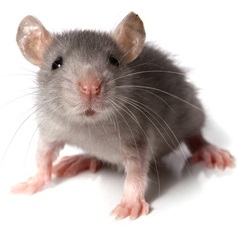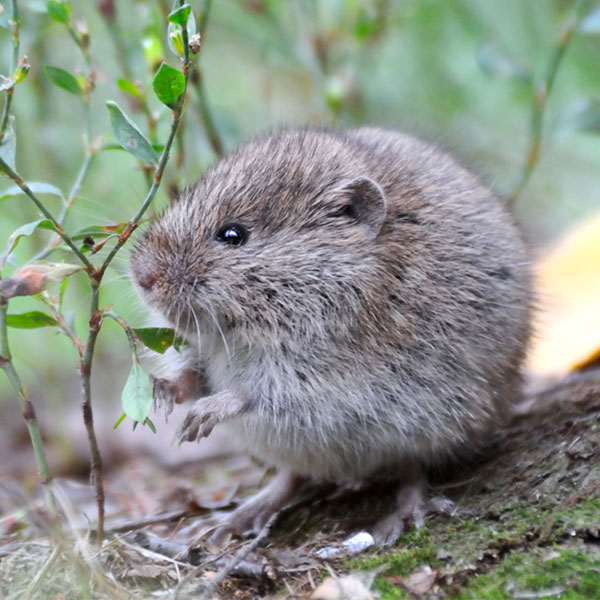Understanding Vole Insect Control: In-depth Insights on Infestation Avoidance and Treatment Strategies
By recognizing the refined signs of vole problem early on, we can take proactive procedures to stop widespread damages. In this conversation, we will explore the subtleties of vole behavior, dig right into the recognition of infestation indications, and uncover the most effective prevention and therapy approaches.
Comprehending Vole Habits
Analyzing the foraging patterns of voles provides valuable insights right into their habits and habitat preferences. Voles, little rodents looking like computer mice, are herbivores recognized for their underground tunneling activities. By observing their foraging behavior, researchers can gain a much better understanding of where voles like to establish their environments and the extent of their environmental effect. Voles are prolific breeders, with a single female efficient in producing a number of trashes in a year, making it important to understand their habits for efficient insect control methods.
Study shows that voles exhibit careful feeding practices, liking origins, tubers, and seeds. This dietary preference influences their foraging patterns, leading them to areas rich in plants and ground cover. In addition, voles are known to produce intricate tunnel systems for foraging and nesting purposes, suggesting a high level of flexibility to their environments.
Recognizing vole habits is necessary for carrying out targeted pest control measures that interrupt their habitat preferences and foraging tasks (vole control utah). By examining their behavior, specialists can develop extra reliable prevention and therapy methods to manage vole problems

Identifying Indicators of Vole Infestation
Vole infestations can be discovered by identifying details indications of their presence in an area. One of the most common signs of a vole infestation is the presence of surface area paths.
One more crucial sign of vole invasion is the existence of little burrow openings in the ground. Voles dig superficial burrow systems with several entryways and leaves. These burrows function as sanctuary and nesting websites for the voles. Furthermore, voles are understood to leave behind chewed plant stems, roots, and bulbs near their burrow openings, showing their feeding task in the location.
Locating these droppings along runways or near burrow openings can validate a vole invasion. By being vigilant for these indicators, residential property owners can immediately deal with vole infestations and protect against additional damages.
Executing Aggressive Prevention Procedures

Furthermore, using natural vole deterrents like castor oil-based repellents or killer urine can work as efficient safety nets. It is additionally a good idea to consistently check outdoor areas for any kind of indications of vole task, such as runways or tunnel openings, to resolve prospective problems quickly. vole pest control. By taking on these positive avoidance methods, home proprietors can considerably minimize the likelihood of vole damage and preserve the wellness and looks of their landscapes
Reliable Therapy Strategies
Integrating targeted trapping techniques and utilizing accepted rodenticides are necessary elements of reliable treatment strategies for handling vole infestations. Normal tracking and maintenance are likewise key facets of successful therapy strategies to make sure that vole populations are kept under control. By incorporating trapping, rodenticides, environment alteration, and constant monitoring, efficient vole parasite control can be achieved.
Tracking and Upkeep Tips
Routine monitoring enables for the early detection of vole activity, enabling prompt intervention prior to problems get worse. To effectively monitor vole populaces, purposefully positioned traps can be made use of in vole paths or near burrow entries.
Furthermore, preserving a neat and well-kept landscape is essential in vole prevention. Clearing up away particles, such as piles of wood or thick plant life, gets rid of prospective vole habitats. Routinely mowing grass and cutting plant life helps in reducing vole concealing areas and reduces their accessibility to food resources.
Additionally, ongoing upkeep of physical barriers, such as fencings or cable mesh, is important to avoid vole intrusion. Evaluating and repairing any problems to these structures makes certain that vole control stays reliable in securing buildings from invasions. By incorporating these tracking and maintenance techniques into a thorough vole insect control strategy, individuals can properly manage vole populaces and protect their buildings from damage.
Verdict
Finally, grasping vole insect control needs a strong understanding of vole behavior, the capacity to recognize indications of invasion, applying proactive avoidance procedures, reliable treatment methods, and regular monitoring and maintenance. By taking a detailed approach to vole control, individuals can successfully handle and protect against infestations, eventually securing their home and bordering atmosphere from damages created by visit this page these tiny rats.
In this discussion, we will explore the nuances of vole actions, delve into the identification of invasion signs, and discover the most effective prevention and treatment link methods.Incorporating targeted trapping methods and utilizing authorized rodenticides are crucial elements of reliable therapy approaches for taking care of vole invasions. To successfully keep an eye on vole populations, strategically placed catches can be used in vole runways or near burrow entrances. Inspecting and fixing any kind of damages to these structures ensures that vole control remains reliable in securing residential or commercial properties from infestations. By including these tracking and upkeep techniques into an extensive vole pest control strategy, individuals can properly take care of vole populations and protect their buildings from damages.
Comments on “Secure Your Grass: Reliable Vole Control Techniques”